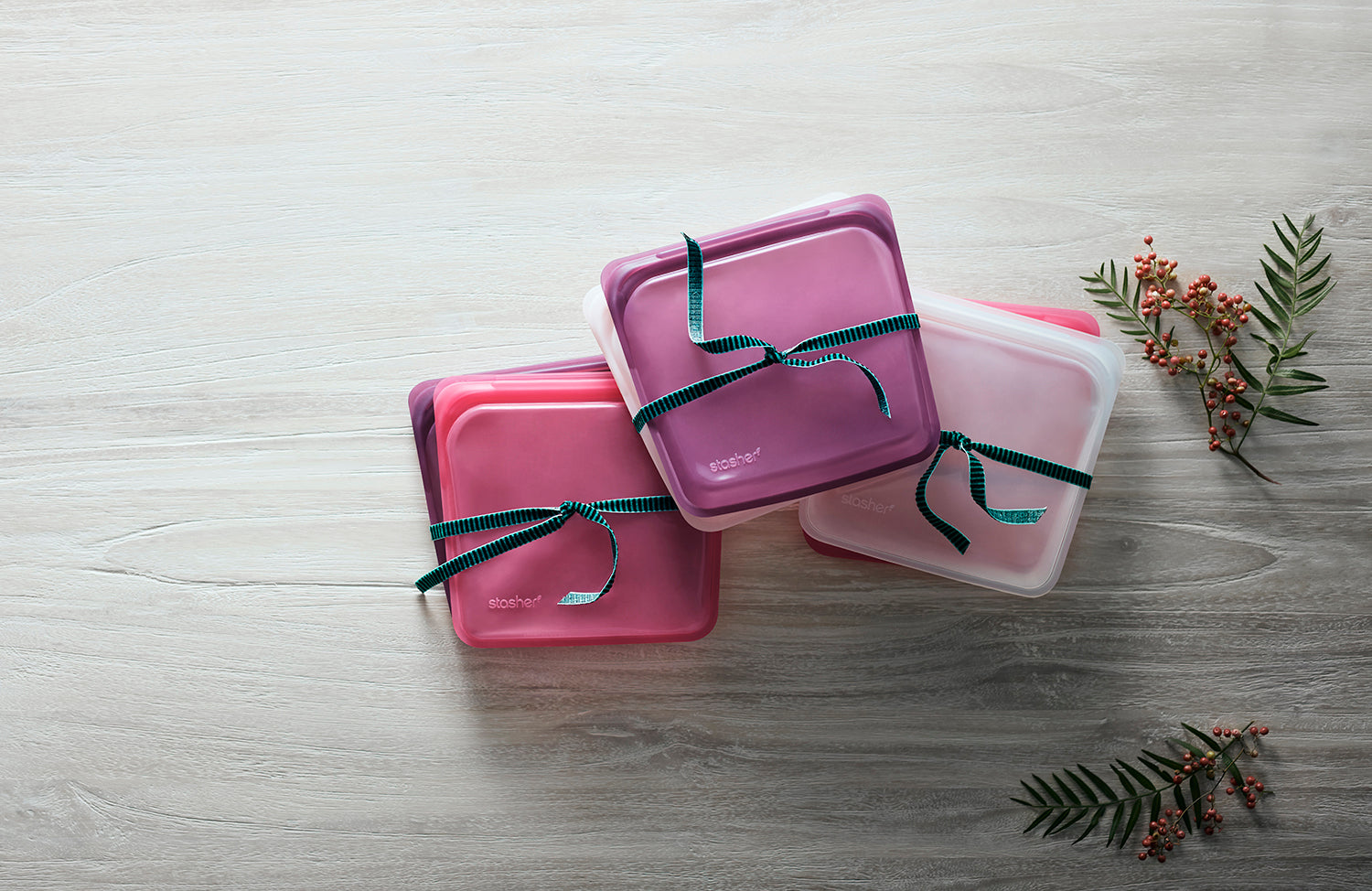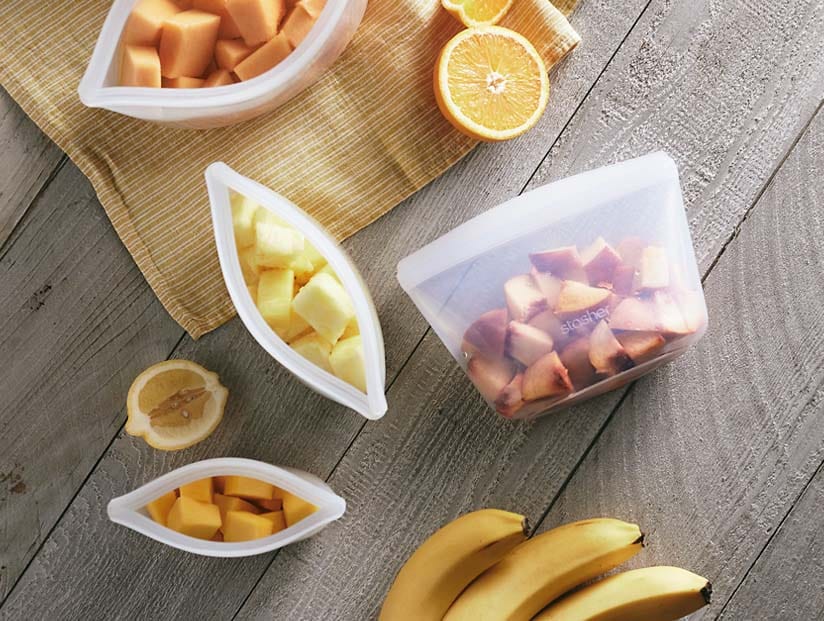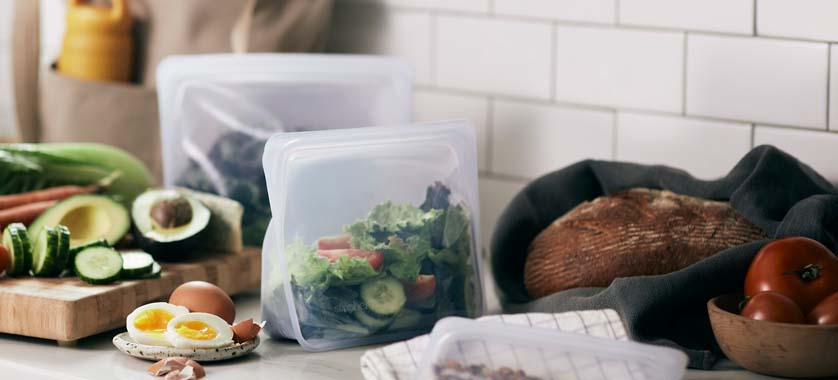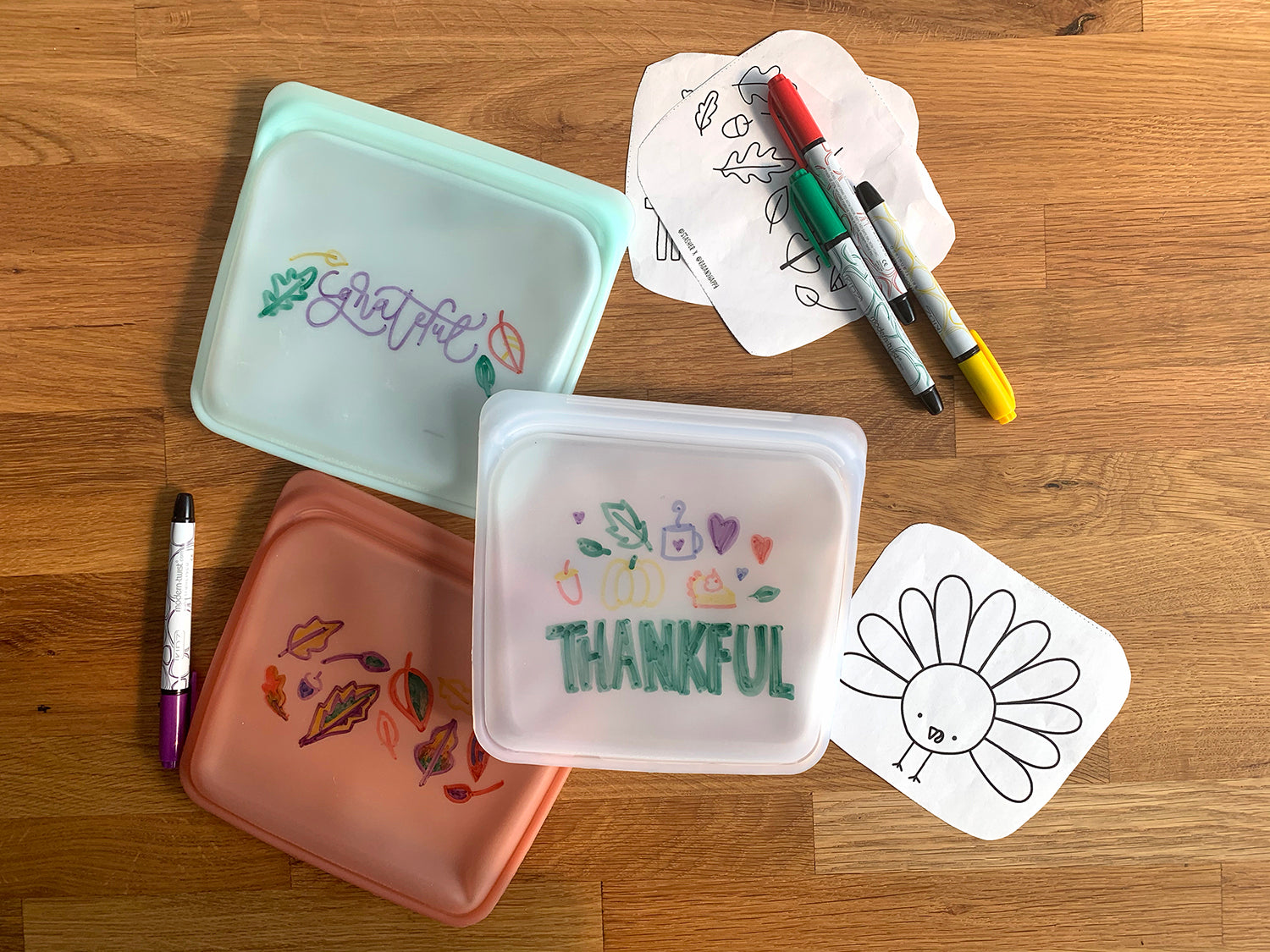
6 Green Gifting Ideas for Everyone On Your List
Real talk: the season of giving may not always align with giving back to the planet. From packaging (fun fact: our Stasher bags are now shipping package-free!) to single-use gift wrap, there are lots of opportunities to go green and give mindful gifts for the holiday season. These six tips will help you shop mindfully and give the gift of sustainability this year!
Wrap Creatively to Avoid Waste
Wrapping paper is one of those products that serves very little purpose for the amount of money and waste involved. Instead, wrap your gifts in newspaper, reuse a gift bag, or wrap your gift into another gift-able product like a Stasher bag, try your hand with Furoshiki with a beautiful scarf, or a reusable tote bag. Or, simply use twine and foraged accents like leaves and twigs to create a beautiful ribbon. Who needs wrapping paper, anyway?
Just Ask
I get it — there’s a certain amount of fun that goes into the surprise of a gift. We’ve all been on the other side, however, when you get a gift that you’ll never use and end up donating or regifting.
Avoid the waste and the stress of deciding what to get and ask your recipient what they want! If you don’t want it to be overly transactional, have them make a list so you can surprise them with which thing you choose. While the initial surprise of a gift may be novel, receiving something you’ve been coveting for some time often ends up being the a bigger win in the long run.

Shop Slow
In this fast-moving, gotta-have-it-now world, you’ve probably become accustomed to having orders appear on your doorstep within 48 hours (if not sooner). And while fast delivery times can be super convenient when you need something last minute, it's doing no favors for the environment.
Typically, ground shipping routes are made to be highly efficient — trucks can carry a larger load, meaning more packages are being delivered in less trips. That's not the case with one- and two-day shipping, which forces carriers to go out of their way to deliver less packages in a shorter amounts of time. This means more trucks on the road and higher emissions overall.
So if you’re not in a rush, consider shipping ground to conserve energy. And while you’re at it, familiarize yourself with a company's sustainability and environmental practices before giving them your business.
Go Local
Giving something "special" can be as simple as gifting a hand made mug from the ceramicist down the street verses a mug that you got from your town's big box store. Shopping locally has the same effects as eating locally through farmers markets: it ensures that a higher percentage of your spending stays in your community through taxes, supporting local jobs, and cuts down on the environmental costs.
Peruse local shops for ideas, or if you already have an idea for a gift, see if there's a small or local business that sells it. I recently bought a gift for a friend in a local shop where the shop owner mentioned she knew every person that made the 5 pieces I bought. How special is that?
DIY
There’s something heartwarming and meaningful about receiving a gift that someone made themselves. Whether it’s a recipe book with all your favorite weeknight dinners, relaxing zero-waste bath bombs, a knitted scarf, a tasty compote you made from fresh seasonal fruits, or a zero-waste kit they can use on the go, homemade gifts allow you to reduce the waste involved and give something that’s truly one of a kind.

Give Experiences
A wonderful way to gift sustainably is to gift an experience instead of a physical item. Tickets to the theater or play, a gift certificate to their favorite restaurant, a fun excursion for the whole family, or even a voucher for free babysitting for a fun adults-only night out.
By gifting experiences, you are avoiding the environmental impact of packaging, shipping, and even the production of the product, as well as avoiding it needing to be discarded. Plus, experiences can be a special way to spend quality time with your loved ones which can be way more meaningful than another item we put on a shelf.
This post was written by Sara Weinreb. She is the host of the Medium Well podcast, sustainability and design thinking consultant, contributor at Forbes, and shares it all on Instagram.







